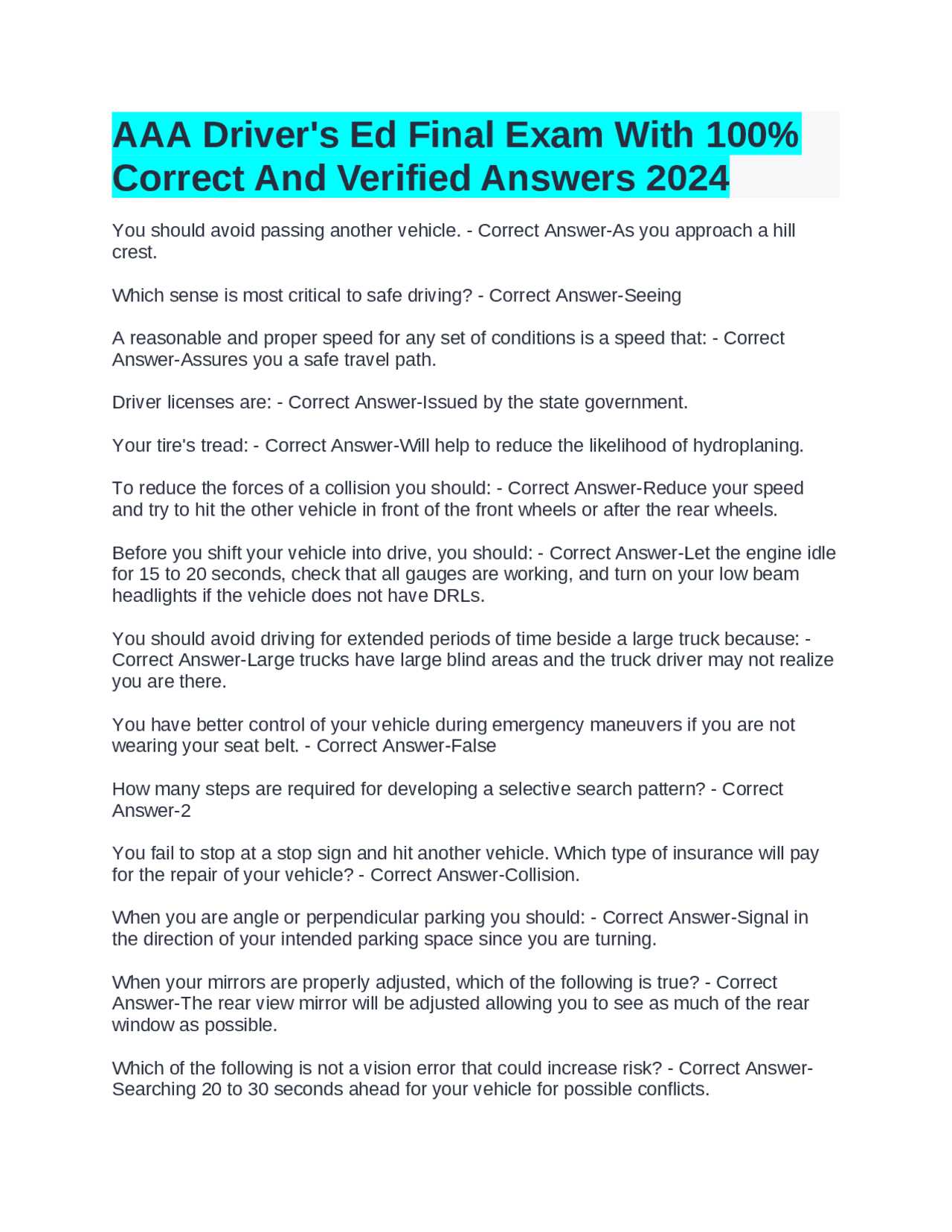
Before taking the crucial step of becoming a licensed driver, it’s essential to understand the knowledge and skills required to pass the required assessments. These tests are designed to evaluate your understanding of traffic laws, road safety, and the ability to operate a vehicle responsibly. Preparation is key to ensuring success on both the written and practical portions of the evaluation.
Effective preparation includes reviewing key concepts, practicing with mock questions, and gaining hands-on experience behind the wheel. Being well-prepared helps boost your confidence and ensures that you can demonstrate your driving knowledge effectively. In this section, we will explore useful strategies for mastering the content and excelling at the required assessments.
Success on these tests relies not only on memorizing rules but also on understanding their application in real-life situations. Whether you’re familiar with the materials or just starting, following a structured study plan can make all the difference. With the right approach, you can move forward with the confidence that you’re ready to hit the road safely.
Essential Tips for Passing Drivers Ed
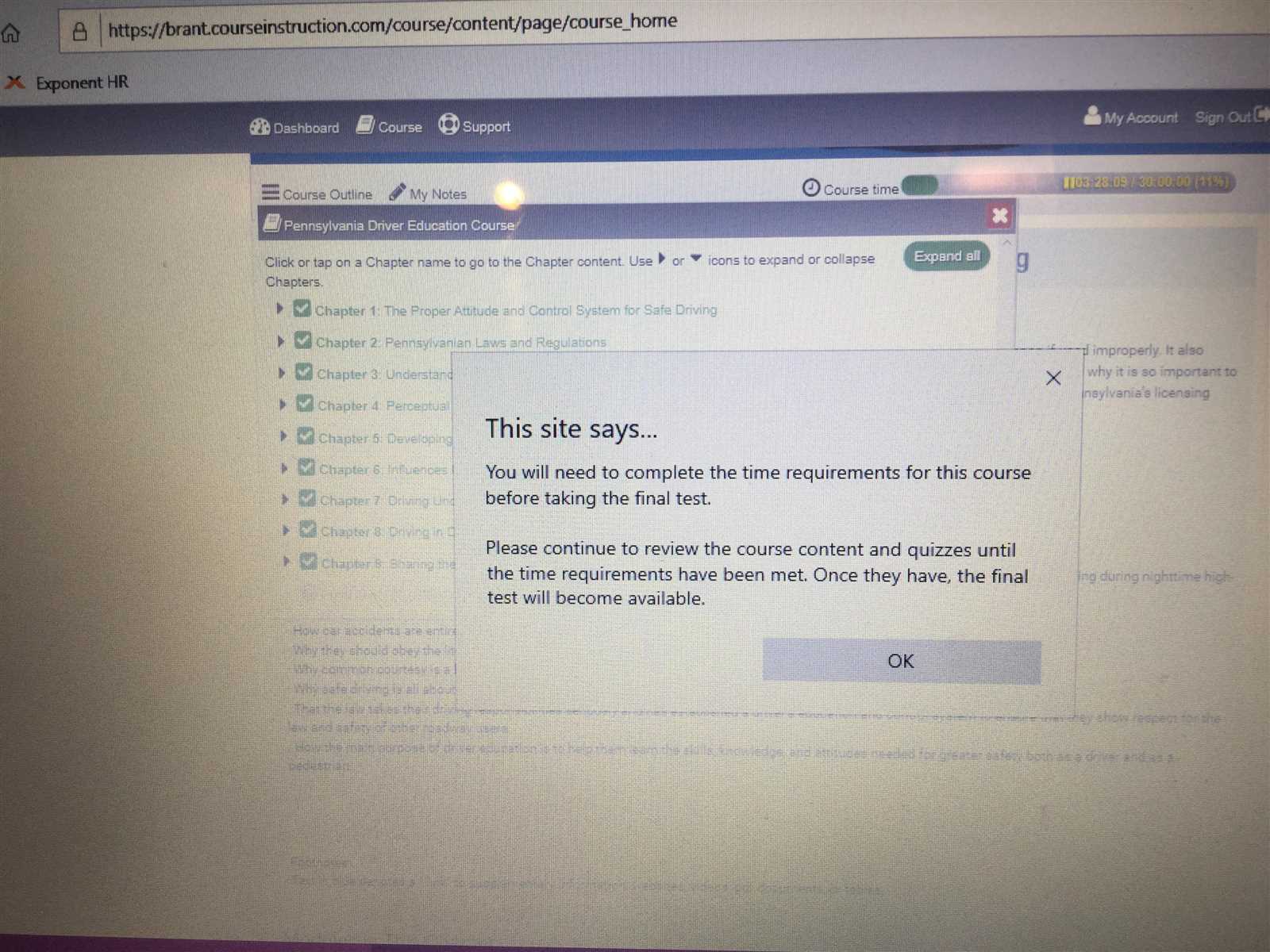
Preparing for the licensing assessments requires both theoretical knowledge and practical experience. To ensure you pass with confidence, it’s important to follow a focused approach that addresses key areas of the test. Success depends on understanding both the rules of the road and the skills needed to safely navigate various driving conditions. Below are some essential tips to help you excel and be well-prepared for the challenges ahead.
1. Focus on Traffic Laws and Safety Rules
One of the most critical aspects of the test is understanding traffic regulations and safety practices. Knowledge of road signs, speed limits, and right-of-way rules is crucial. Make sure to:
- Review common traffic signs and their meanings.
- Understand the basic rules for merging, stopping, and turning.
- Familiarize yourself with local laws regarding parking and driving under various conditions.
2. Practice Makes Perfect
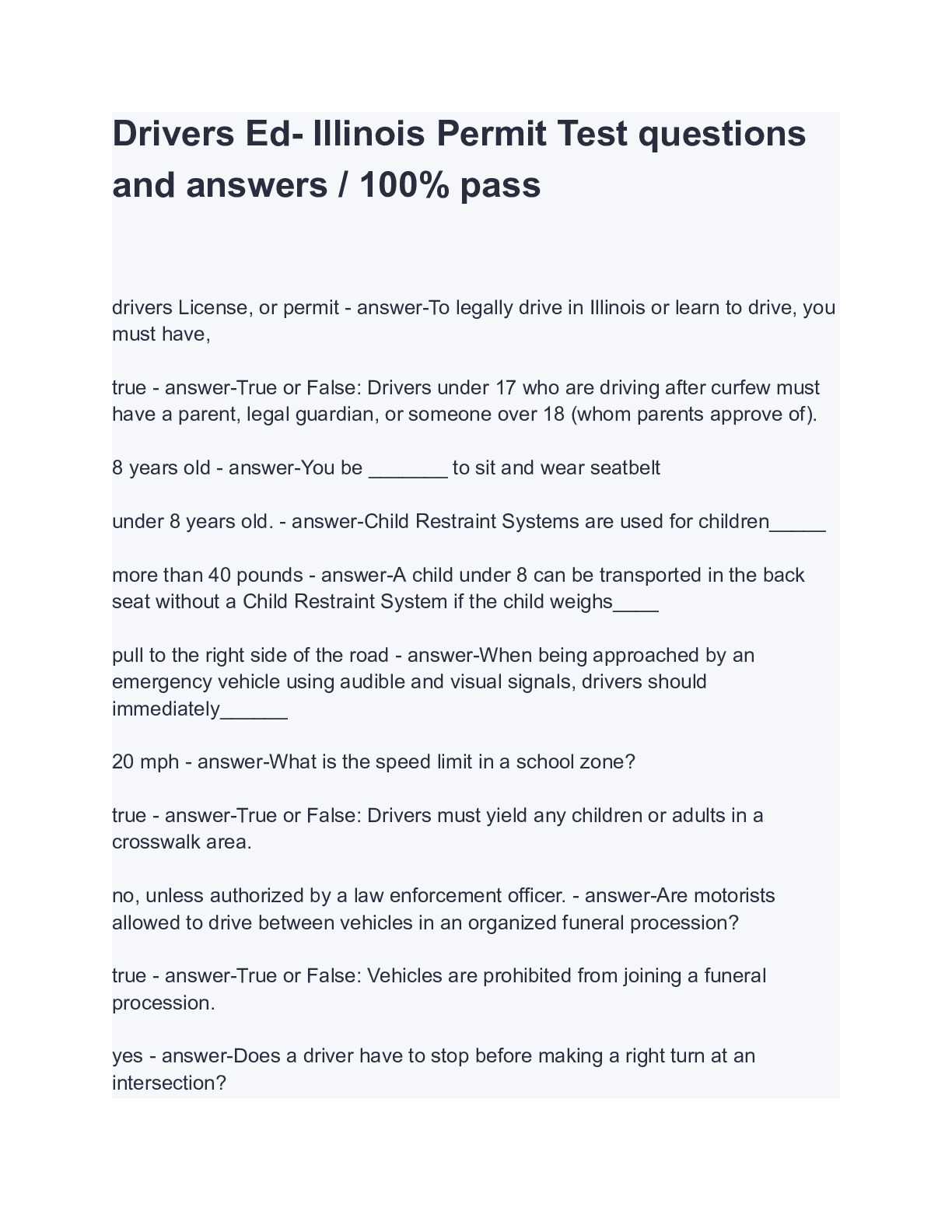
The practical portion of the evaluation requires demonstrating your ability behind the wheel. The more you practice, the more comfortable and confident you’ll become. Here are a few tips:
- Practice in different weather and traffic conditions to gain experience in all scenarios.
- Ensure you’re comfortable with basic maneuvers, such as parking, reversing, and turning in tight spaces.
- Ask an experienced driver to observe and give feedback on your performance.
By combining these focused strategies with consistent practice, you’ll be well-prepared to tackle both the theoretical and practical aspects of the test. Stay confident and ensure that you’re well-versed in all the necessary skills and knowledge to succeed.
Understanding the Drivers Ed Exam Format
When preparing for the licensing assessments, it’s crucial to familiarize yourself with the structure and components of the test. Knowing what to expect can help reduce stress and ensure you are fully prepared for each section. These evaluations typically consist of two key parts: a written portion to assess theoretical knowledge and a practical driving assessment to evaluate your ability behind the wheel.
Written Test: Assessing Knowledge of Rules
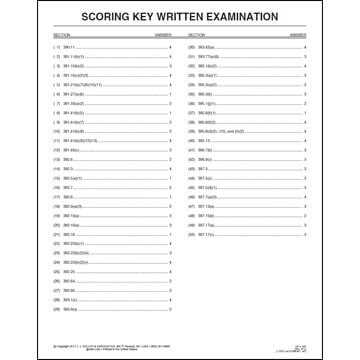
The first part of the evaluation focuses on your understanding of road safety, traffic laws, and vehicle operation. This section often consists of multiple-choice questions covering topics such as:
- Traffic signs and signals.
- Rules for safe driving in various conditions.
- Understanding speed limits and other road regulations.
- Proper procedures for emergency situations.
It’s essential to study the driving handbook thoroughly, as the questions are often based directly on the material in this guide. Some tests may also include questions related to environmental awareness, such as how to drive in adverse weather conditions.
Practical Test: Demonstrating Driving Skills
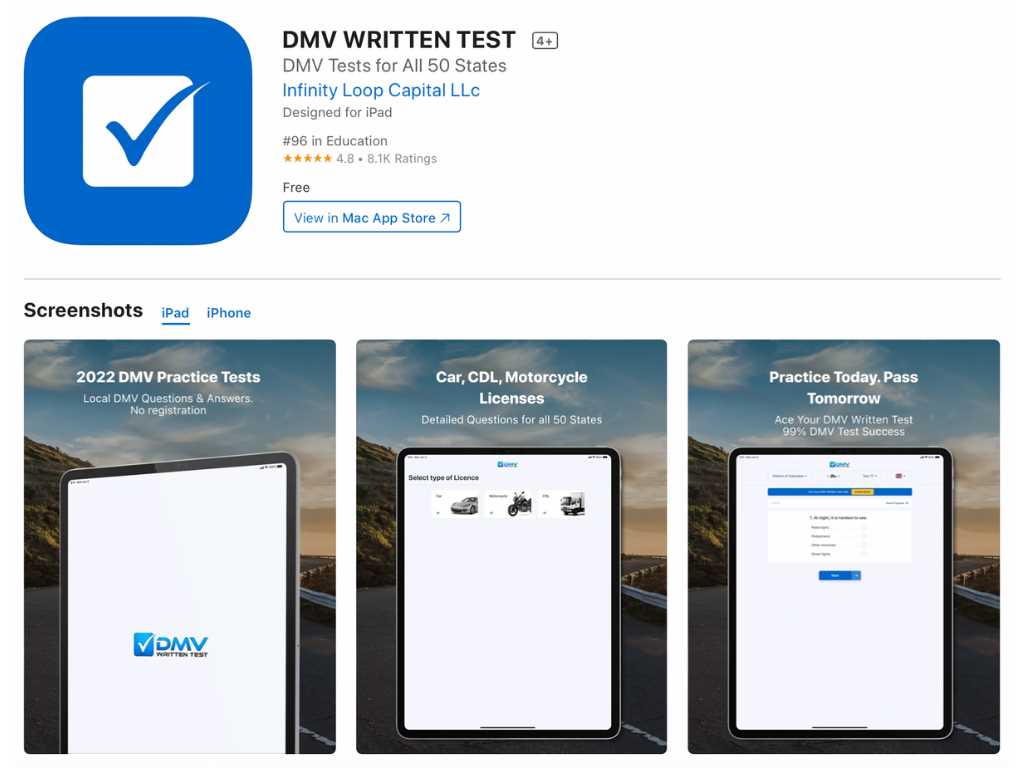
The second part of the evaluation involves performing a series of maneuvers in a vehicle under the supervision of an examiner. The practical test is designed to assess your ability to:
- Perform basic driving tasks, such as parking, turning, and lane changes.
- Handle the vehicle in various traffic situations.
- Follow safety procedures, such as checking mirrors and using signals.
During this portion, it is important to demonstrate calmness and control, ensuring that you follow traffic laws while driving confidently and safely.
Understanding the format of both the theoretical and practical tests will allow you to prepare effectively and feel more at ease on test day. Being familiar with what’s expected will help you approach the assessments with confidence and improve your chances of success.
Common Mistakes to Avoid on the Test
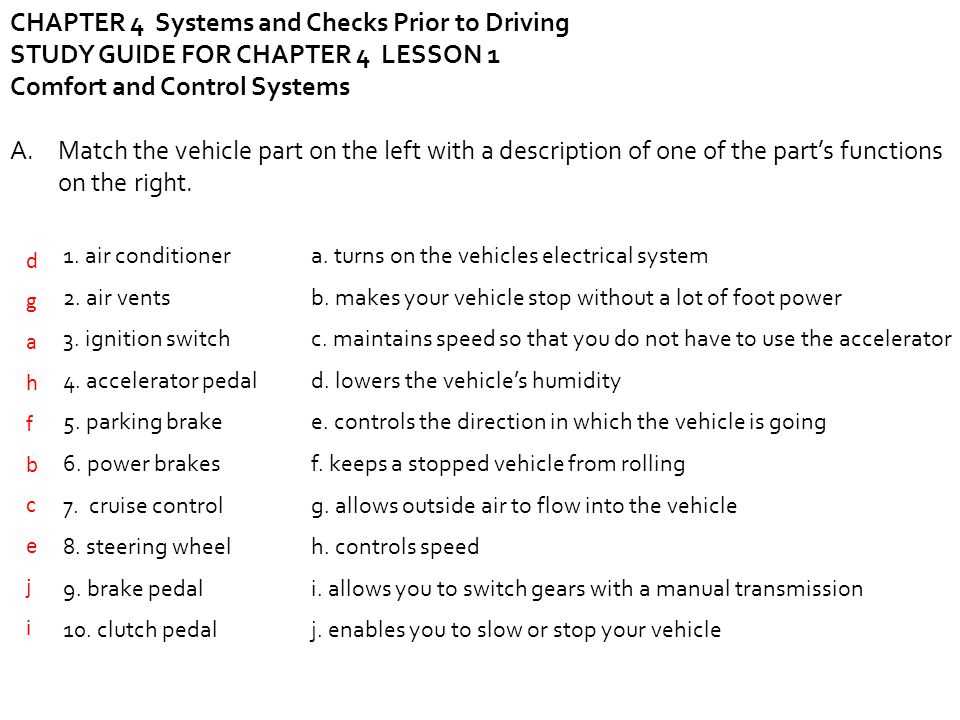
While preparing for the assessment, it’s important to not only focus on mastering the material but also to be aware of common mistakes that can easily derail your chances of success. Many candidates unknowingly make errors that could cost them points, especially in areas that are frequently tested. By being mindful of these pitfalls, you can improve your performance and increase your confidence on test day.
Here are some common errors that many candidates make, along with tips on how to avoid them:
| Mistake | How to Avoid |
|---|---|
| Not Reading Questions Carefully | Take time to carefully read each question and all available options. Misunderstanding a question could lead to choosing the wrong answer. |
| Failing to Follow Road Signs | During the practical part, always pay close attention to road signs and signals. Ignoring or misinterpreting them can result in automatic deductions. |
| Overlooking Basic Safety Procedures | Always check mirrors, fasten your seatbelt, and ensure your vehicle is in the proper gear before starting the engine. |
| Not Staying Calm in Stressful Situations | Stay composed during both the written and practical portions. Nervousness can cause mistakes, so take deep breaths and stay focused. |
| Not Practicing Enough | Consistent practice is key, especially for the behind-the-wheel portion. The more you practice, the more confident and skilled you will become. |
Avoiding these common mistakes will not only help you pass but also ensure that you are well-prepared to drive safely in real-world situations. Be mindful, stay focused, and approach both the written and practical tests with confidence and clarity.
How to Study for the Written Exam
Preparing for the theoretical portion of the assessment requires a strategic approach. The goal is not only to memorize facts but also to truly understand the rules and concepts that will be tested. Whether it’s road safety regulations, traffic signs, or procedures for handling emergencies, having a deep understanding will ensure that you can answer questions accurately and confidently.
Effective study strategies include reviewing official handbooks, taking practice quizzes, and breaking down the material into manageable sections. Consistency and focused effort are key to mastering the necessary knowledge. Here are some tips to help you prepare:
- Start Early: Begin studying well in advance. Cramming the night before the test often leads to forgetfulness and confusion. Aim to review the material consistently over a few weeks.
- Use Practice Tests: Taking sample questions helps familiarize you with the format and types of questions. It’s a great way to test your knowledge and identify areas that need more attention.
- Review Key Topics: Focus on common topics such as traffic laws, signs, right-of-way rules, and safe driving practices. These areas are frequently tested and should be your priority.
- Study in Short Sessions: Long study sessions can be overwhelming. Break your study time into shorter, focused sessions, followed by short breaks to maintain concentration.
- Stay Consistent: Make studying a daily habit. Regularly reviewing the material will reinforce your knowledge and improve retention.
In addition to these methods, staying calm and confident on the day of the test is essential. When you’re well-prepared, you’ll feel more comfortable navigating through the questions and will be better able to recall important information when needed.
What to Expect During Your Driving Test
The practical portion of the licensing process is designed to assess your ability to operate a vehicle safely in real-world conditions. This part of the process allows examiners to observe your driving skills and ensure you are capable of handling various traffic situations. Understanding what will happen during this assessment can help reduce any anxiety and ensure that you’re fully prepared to demonstrate your abilities.
During the assessment, you will be asked to perform several maneuvers, including basic driving tasks such as starting the vehicle, making turns, and parking. The examiner will also observe how you handle more complex scenarios like merging into traffic or navigating through intersections. Here’s what you can expect:
- Pre-Test Checklist: Before you begin, the examiner will check to ensure that the vehicle is in proper working condition, including lights, signals, and brakes. Make sure your vehicle is in good shape before the test.
- Basic Maneuvers: You’ll be asked to demonstrate essential driving skills such as turning, stopping, and backing up. Ensure that you use your mirrors, check blind spots, and signal properly.
- Driving in Traffic: The examiner will observe how you handle common driving situations such as merging into traffic, maintaining a safe distance, and reacting to traffic signals and signs.
- Parking: Parking can be a significant part of the test. You may be asked to parallel park or park in a tight space. Make sure you practice these maneuvers in advance.
- Following Safety Protocols: The examiner will also pay attention to your overall safety, including wearing your seatbelt, following speed limits, and obeying all road rules.
Staying calm and focused during the test is key. If you make a mistake, don’t panic; just stay composed and continue with the test. Remember, the goal is to demonstrate that you can drive safely and responsibly, not that you are perfect in every aspect.
Top Resources for Practice Questions
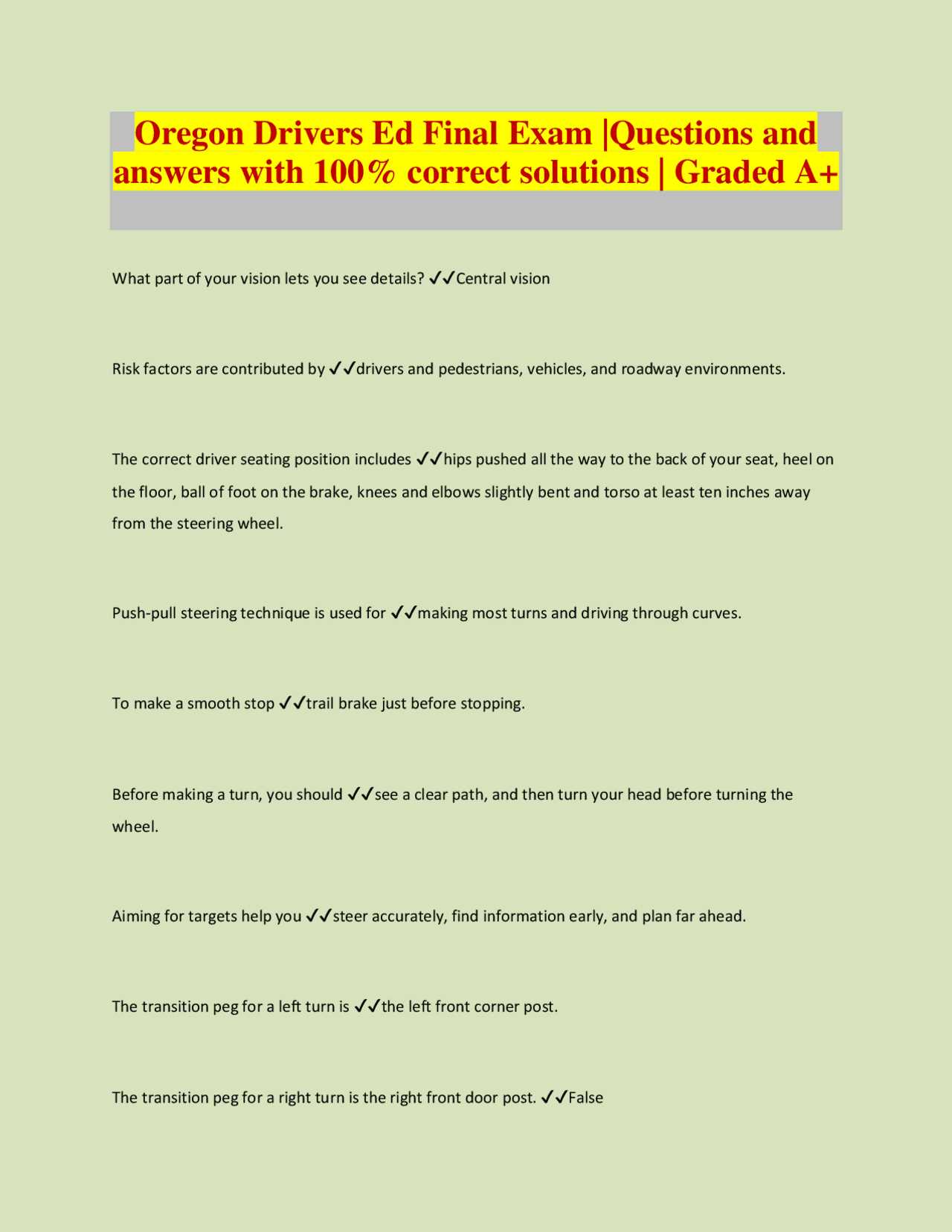
One of the most effective ways to prepare for the assessment is by regularly practicing with sample questions. This not only helps you familiarize yourself with the format but also strengthens your knowledge of key concepts. There are numerous resources available, both online and offline, that provide high-quality practice questions to help you feel confident and ready for the test.
Here are some of the best resources for practicing:
- Official Handbooks: Many licensing agencies offer official handbooks that include practice questions. These are a great starting point, as they reflect the actual content and structure of the test. Be sure to review the latest version of the handbook from your local agency.
- Online Practice Tests: Websites dedicated to test preparation offer a wide variety of free and paid practice questions. These tests often simulate the real assessment, providing you with a realistic experience. Look for platforms that offer detailed explanations of each question and answer.
- Mobile Apps: There are several apps available for both Android and iOS that offer practice quizzes and flashcards. These apps allow you to study on the go and can be an excellent way to review in short bursts throughout your day.
- Local Driving Schools: Many driving schools provide practice materials, including worksheets and mock tests. If you’re taking classes, ask your instructor for additional resources or recommendations for supplementary practice.
- Books and Study Guides: There are many study guides available that are specifically designed to prepare you for the theoretical portion. These guides often include chapters on specific topics, followed by practice questions to reinforce what you’ve learned.
Using a combination of these resources will give you a well-rounded approach to studying, ensuring you’re prepared for the different types of questions you’ll encounter. The more you practice, the more confident and ready you’ll feel on test day.
Mastering Road Signs and Signals
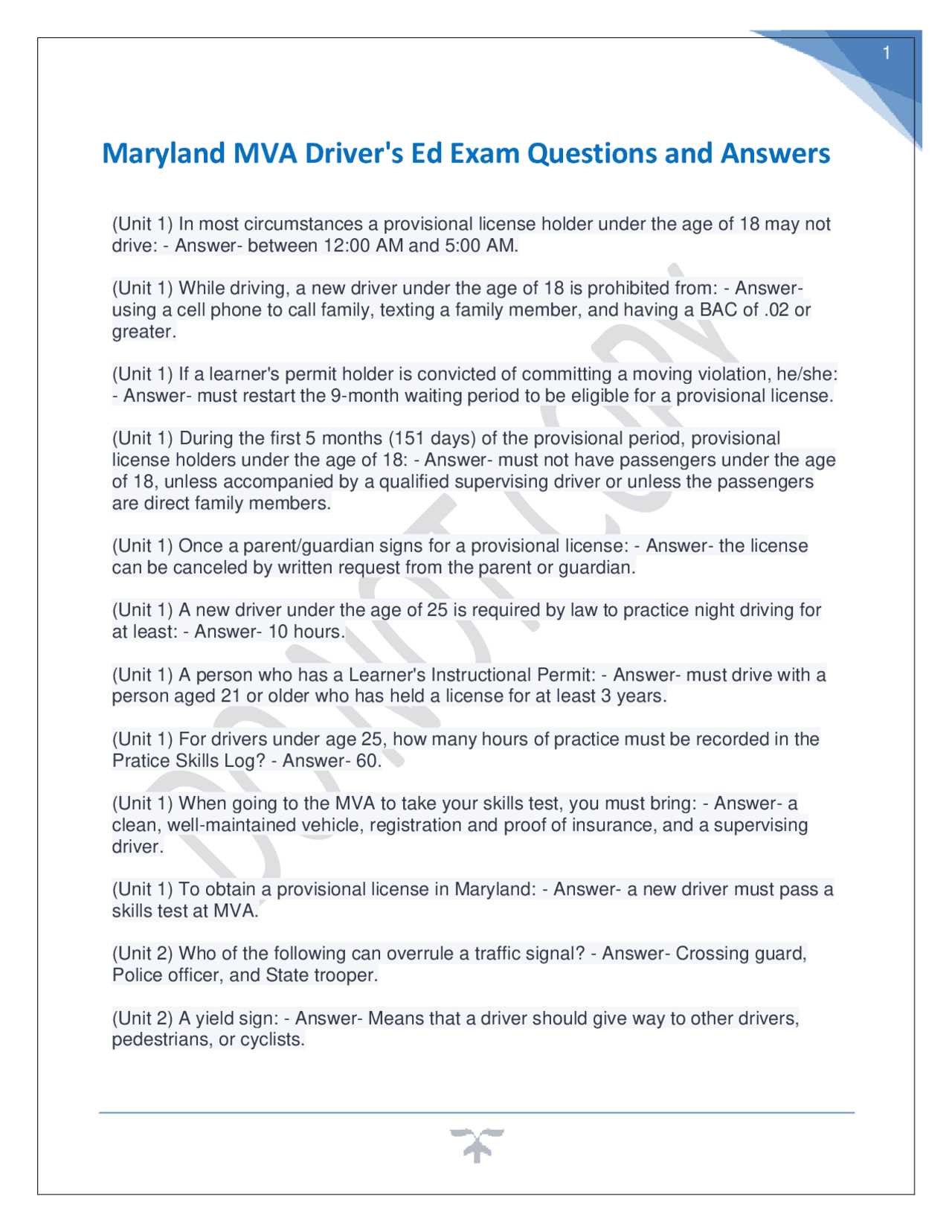
Understanding road signs and signals is a critical component of becoming a skilled and responsible driver. These symbols and signals serve as vital communication tools between you and other road users, ensuring safety and smooth traffic flow. Being able to recognize and respond to them quickly is essential not only for passing the assessment but for driving safely in everyday situations.
There are three main categories of road signs you should focus on:
- Regulatory Signs: These signs inform you of the rules you must follow, such as speed limits, stop signs, and yield signs. It’s essential to memorize these as they dictate the flow of traffic and ensure order on the roads.
- Warning Signs: Warning signs alert you to potential hazards or changes in the road ahead, such as sharp turns, pedestrian crossings, or construction zones. Recognizing these signs in advance allows you to adjust your driving accordingly.
- Informational Signs: These signs provide useful information, such as directions, distances, and services available on the route. Understanding these will help you navigate more effectively.
In addition to road signs, traffic signals are another crucial aspect to master. Lights such as red, green, and yellow, along with special signals like turning arrows, guide your movement through intersections. Understanding the meaning of each light and when to stop or proceed is vital for maintaining safe driving practices.
Familiarizing yourself with both the signs and signals is best done through regular study and practice. Using practice tests, flashcards, or visual aids can significantly improve your ability to recognize them quickly and respond correctly when behind the wheel. Consistent practice will ensure you are ready for the test and equipped to handle real-world driving scenarios.
Key Rules for Safe Driving You Must Know
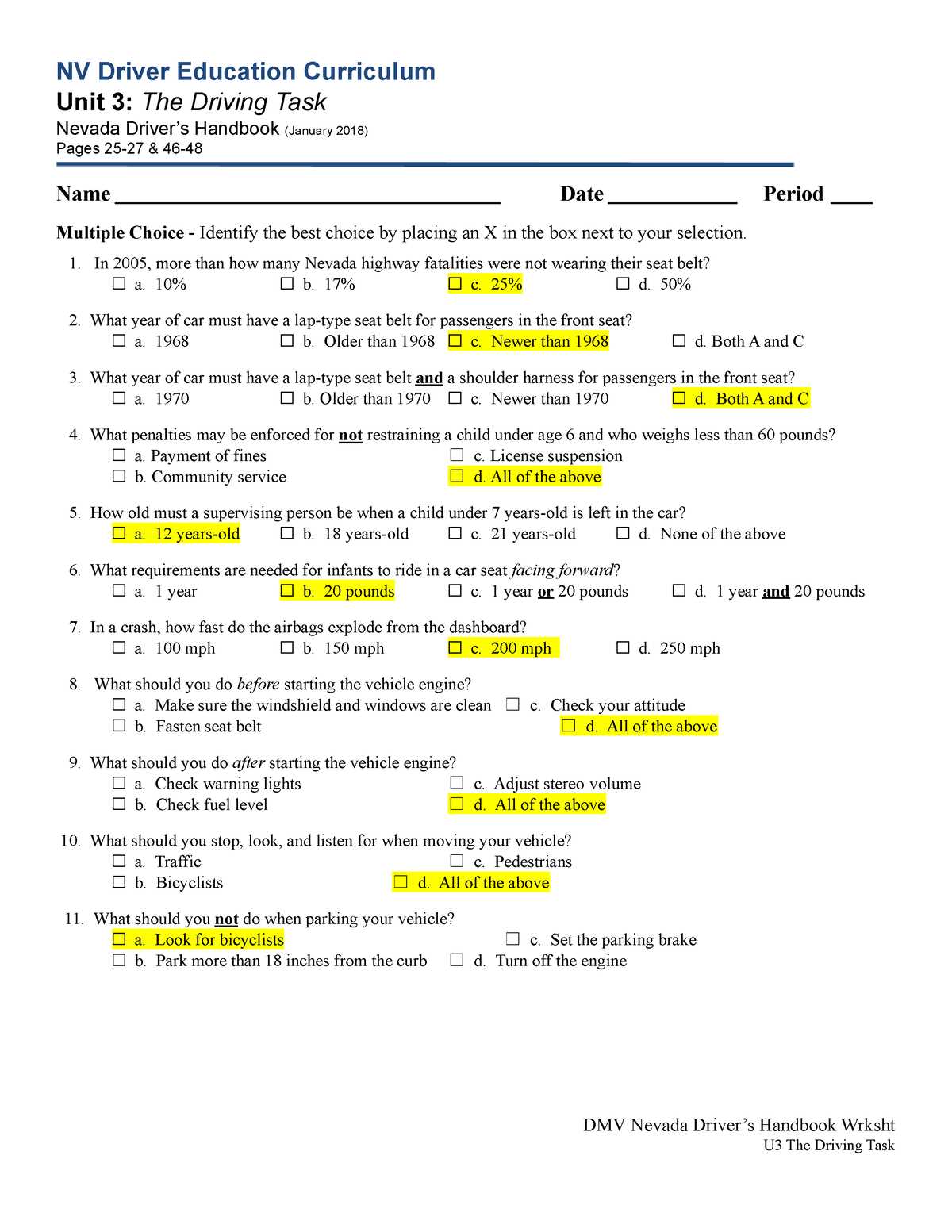
Mastering the fundamental rules of the road is essential to ensuring both your safety and the safety of others while on the road. These rules are designed to help drivers navigate through various conditions and scenarios, reducing the risk of accidents and promoting a smooth flow of traffic. Knowing these key principles will not only help you during the assessment but will also prepare you for real-world driving situations.
Understanding Traffic Laws
Traffic laws govern the way vehicles interact with each other and pedestrians. These laws are put in place to establish clear guidelines on how to navigate roads safely. Some of the most important traffic laws include:
- Speed Limits: Always adhere to posted speed limits. Driving too fast or too slow can lead to accidents or disrupt the flow of traffic. Adjust your speed based on weather, road conditions, and traffic.
- Right of Way: Understanding when to yield the right of way is crucial for preventing collisions. Always give way to pedestrians and follow the rules at intersections and roundabouts.
- Stopping at Signals: Always stop at red lights and stop signs. These are critical for maintaining order on the road and preventing accidents at intersections.
Safe Driving Practices
In addition to traffic laws, certain safe driving practices should be followed to minimize risks and maximize control over your vehicle:
- Use of Seat Belts: Always wear your seatbelt, regardless of the distance you are driving. Seatbelts are one of the simplest and most effective ways to protect yourself in the event of a crash.
- Maintain a Safe Following Distance: Keep a safe distance from the vehicle in front of you. A good rule of thumb is the “two-second rule,” where you allow at least two seconds of space between your vehicle and the one ahead.
- Avoid Distracted Driving: Stay focused on the road. Avoid using mobile phones, eating, or engaging in other distractions while driving.
By adhering to these essential guidelines, you ensure not only your safety but also contribute to a safer environment for everyone on the road. It is important to practice these rules regularly and always remain alert to potential hazards, both in controlled environments and in more unpredictable driving situations.
How to Handle Nervousness on Test Day
Feeling nervous before an important assessment is completely normal, especially when it involves something as significant as proving your skills behind the wheel. Nerves can interfere with your focus and performance, but with the right strategies, you can manage anxiety and approach the task with confidence. Understanding how to handle stress before and during the test can make all the difference in your success.
First, it’s important to recognize that nerves are a natural response to a challenging situation. The key is to prevent these feelings from overwhelming you. Here are some techniques to help you stay calm and focused:
- Preparation is Key: The more prepared you are, the more confident you’ll feel. Practice consistently leading up to the day of the assessment, and familiarize yourself with all the steps and requirements. This will give you a sense of control and reduce uncertainty.
- Get Plenty of Rest: Adequate sleep is crucial. Being well-rested will help you stay alert and make better decisions. Avoid staying up late the night before and aim for a full night’s sleep.
- Breathing Exercises: Deep, slow breaths can significantly reduce anxiety. Practice breathing techniques before the test and use them to calm your nerves when you start feeling overwhelmed.
- Positive Visualization: Visualize yourself performing well during the test. Imagine each maneuver going smoothly and picture yourself staying calm and composed throughout the process. Positive thoughts can help boost your confidence and reduce fear.
- Stay Focused on the Task: Rather than worrying about the outcome, concentrate on the task at hand. Break the assessment down into manageable steps and focus on performing each one to the best of your ability.
By incorporating these strategies, you can ease your anxiety and shift your mindset from fear to focus. Remember, the goal is to show that you can handle the responsibility of operating a vehicle safely. Take your time, stay composed, and trust in your preparation.
Strategies for Answering Multiple-Choice Questions
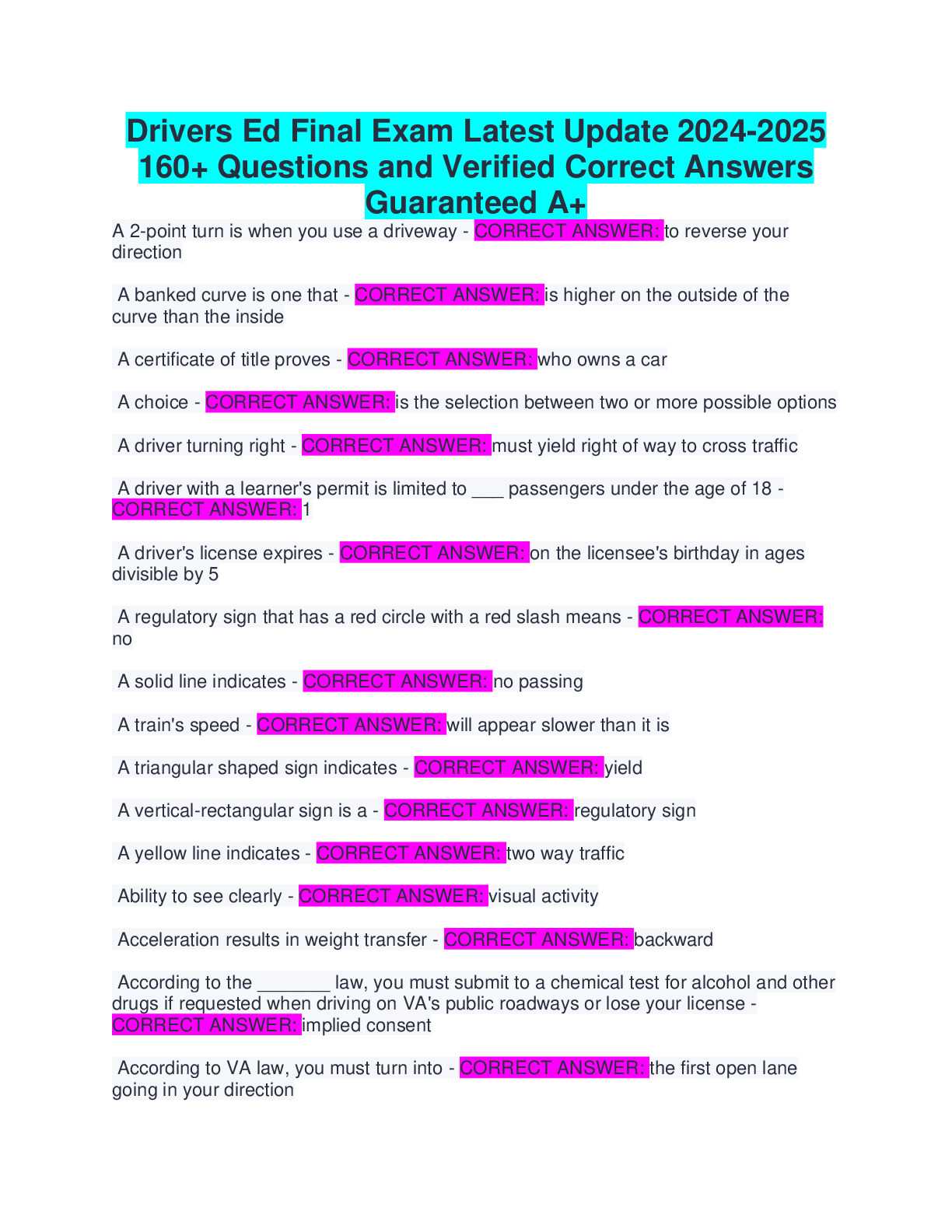
Multiple-choice questions can be tricky, but with the right approach, you can increase your chances of selecting the correct response. These questions often contain distractors designed to confuse or mislead you, so it’s important to stay focused and apply strategies that help you make the best choice. Whether you’re testing your knowledge of road rules or vehicle safety, mastering how to tackle these questions can significantly improve your performance.
Here are some effective strategies to help you answer multiple-choice questions with confidence:
- Read the Question Carefully: Before jumping to the options, make sure you fully understand the question. Pay close attention to key terms, and make sure you’re not overlooking important details.
- Eliminate Obvious Incorrect Options: Start by crossing out the answers that are clearly wrong. This increases your chances of selecting the correct one by narrowing down your choices.
- Look for Keywords in the Options: Often, the correct answer will contain specific terminology or phrases related to the topic. Look for clues within the wording that match the concepts you’ve studied.
- Consider All Options: Don’t settle for the first answer that seems right. Always read through all the available choices before selecting your final response. There could be another option that is more accurate.
- Stay Calm and Avoid Guessing: If you’re unsure, take a deep breath and think logically about each option. Avoid random guessing, as it can reduce your chances of getting it right.
By applying these techniques, you can approach multiple-choice questions with greater accuracy and confidence. With practice, you’ll be able to quickly analyze each option and make well-informed choices under pressure.
Tips for the Behind-the-Wheel Test
When it comes to demonstrating your ability to operate a vehicle, the practical portion of the assessment is an important step. It tests not only your technical skills but also your ability to remain calm and composed while navigating through real-world traffic situations. To perform well, it’s essential to be prepared and to approach the test with confidence. Here are some useful tips to help you succeed during the behind-the-wheel assessment.
- Stay Calm and Focused: Nerves can make it difficult to perform at your best, but staying calm is key. Take deep breaths and concentrate on each action. Remember, you’ve practiced, and now it’s time to show what you can do.
- Follow the Instructor’s Directions Carefully: Listen attentively to the examiner and follow their instructions exactly. If you’re unsure about something, don’t hesitate to ask for clarification.
- Check Your Mirrors Frequently: Constantly scan your surroundings by checking your mirrors and blind spots. This not only ensures safety but also demonstrates your awareness and good driving habits.
- Be Smooth with Your Maneuvers: Smooth and controlled movements are key to passing this part of the assessment. Avoid jerky starts, stops, or turns. Aim for a steady, confident drive.
- Observe Traffic Signals and Road Signs: Always obey traffic signals and signs without hesitation. This shows that you are familiar with traffic laws and understand how to navigate safely on the road.
- Use Your Signals Consistently: Make sure to signal early when changing lanes or making turns. Proper use of signals demonstrates your commitment to communication with other drivers.
- Drive at the Right Speed: Stick to the speed limits, and adjust your speed according to road conditions, traffic, and weather. Driving too fast or too slow can result in a poor evaluation.
With these tips, you can approach the practical portion of the assessment confidently. Remember to stay focused on your driving skills and keep a calm and steady pace throughout the entire process. Good preparation and a composed attitude will help you succeed and move closer to your goal of becoming a safe, responsible driver.
Understanding the Scoring System
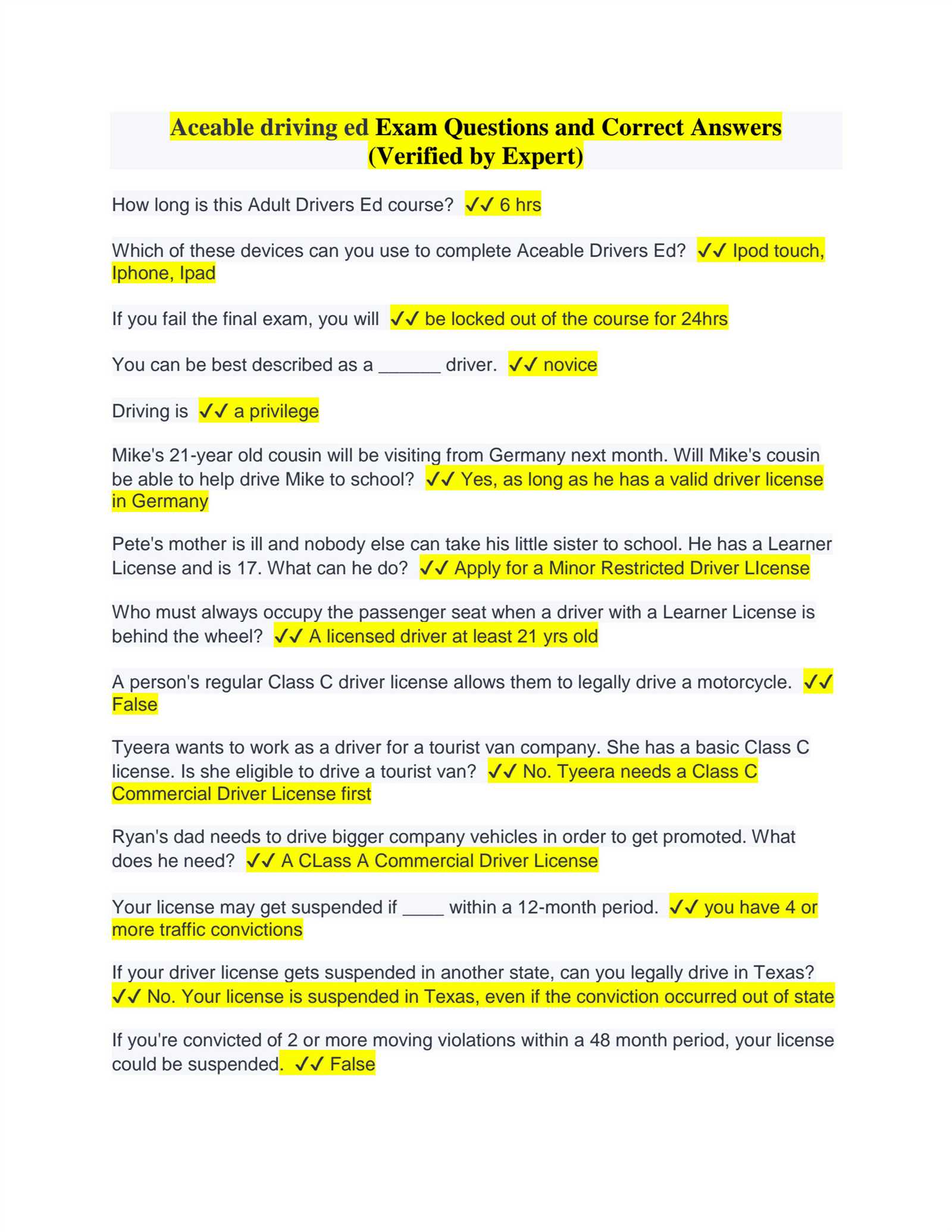
The evaluation process during your practical assessment is designed to measure your skills in various aspects of vehicle operation and safety. Understanding how you are scored can help you focus on the most important areas and ensure that you meet the required standards. This section will break down the typical scoring criteria, so you know what to expect and how to prepare for each part of the assessment.
Generally, scoring is based on specific categories, such as vehicle control, traffic law adherence, and safety awareness. Each action or maneuver is rated, and points may be deducted for mistakes or unsafe behaviors. In some cases, a specific number of errors can result in an automatic failure, while in others, it may impact your overall score.
| Category | Points Deducted for Mistakes | Notes |
|---|---|---|
| Vehicle Control | 1-5 points | Includes smoothness of starts, stops, and turns. Jerky or erratic movements may lead to deductions. |
| Adherence to Traffic Laws | 1-10 points | Failure to obey traffic signals, stop signs, or speed limits can result in significant deductions. |
| Safety Awareness | 1-5 points | Failure to check mirrors, blind spots, or maintain proper distance from other vehicles can lower your score. |
| Use of Turn Signals | 1-3 points | Proper signaling is essential for safe driving, and failure to signal when necessary can result in point deductions. |
| Parking and Maneuvers | 2-5 points | Executing parking or other complex maneuvers improperly, such as hitting obstacles, may lead to deductions. |
By understanding how the scoring system works, you can prioritize your preparation to ensure that you’re focusing on the areas that matter most. Staying calm and paying attention to details will help you avoid unnecessary deductions and improve your overall performance. Keep in mind that a well-rounded skill set is the key to passing the assessment with a high score.
How to Prepare for the Vision Test
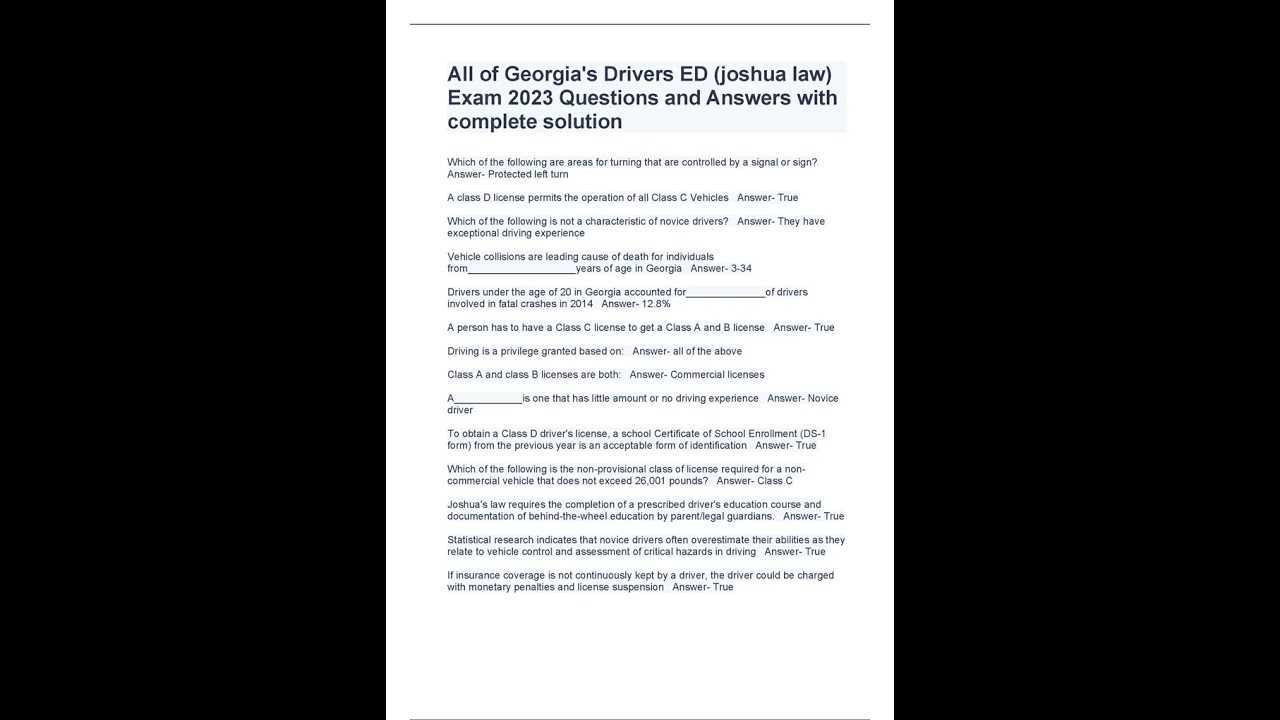
The vision assessment is an essential part of the overall evaluation process. It ensures that you have the necessary eyesight to operate a vehicle safely. Preparing for this part of the test involves more than just showing up on the day of the evaluation. Proper preparation can help you feel confident and pass without any issues. Here are some tips to help you get ready for the vision portion of your assessment.
- Get an Eye Checkup: If you haven’t had an eye exam in a while, it’s a good idea to schedule one with an optometrist before the test. This will ensure that your vision is up to the required standard and help you identify any potential issues in advance.
- Wear Your Corrective Lenses: If you need glasses or contact lenses for driving, make sure you wear them during the vision assessment. Not wearing corrective lenses when needed can result in a failed test.
- Know the Requirements: Research the specific vision standards for the test in your area. These typically include visual acuity, such as being able to read a specific line on a chart at a designated distance.
- Avoid Eye Strain Before the Test: In the days leading up to your vision assessment, try to avoid activities that might strain your eyes, like long hours of screen time or excessive reading. A rested eye will perform better on the day of the test.
- Stay Calm: If you’re nervous about the test, take a deep breath and focus. It’s a straightforward assessment, and staying relaxed will help you perform better.
By following these simple tips, you can ensure that you’re fully prepared for the vision portion of the assessment. A quick eye check and a little preparation will go a long way toward helping you pass this crucial step in the process with ease.
Drivers Ed Exam Prep Apps and Tools
In today’s digital age, preparing for your evaluation has never been easier. A variety of apps and online tools are available to help you study and practice key concepts related to operating a vehicle. These resources can make the process more interactive and efficient, allowing you to track your progress and focus on areas that need improvement. Below are some of the most useful apps and tools that can assist you in your preparation.
Popular Study Apps
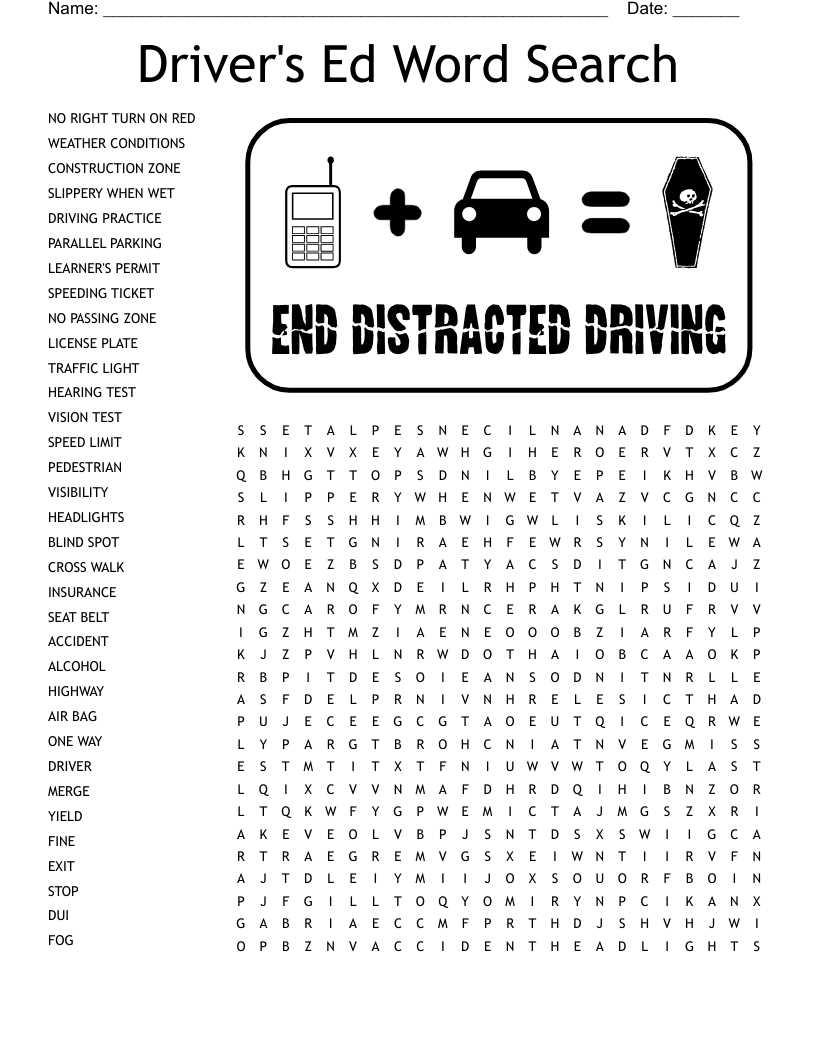
- Driving Test Success: This app offers practice tests and study materials based on the specific requirements of your local regulations. It’s designed to help you get familiar with the types of questions you may encounter during the assessment.
- DMV Genie: Known for its user-friendly interface, DMV Genie provides customizable practice exams and offers explanations for each question, making it easy to understand the correct answers and improve your knowledge.
- CarX Drift Racing: While primarily a driving game, CarX Drift Racing helps users develop hand-eye coordination and car control skills in a simulated environment, which can be beneficial for practical tests.
Interactive Online Tools
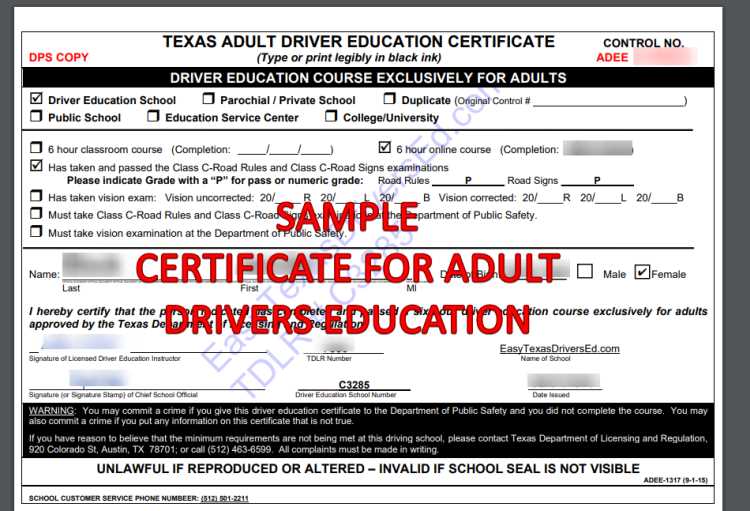
- Online Practice Tests: Numerous websites offer free or paid practice tests that simulate the real assessment. These tests often provide instant feedback, which is a great way to identify your strengths and weaknesses.
- Driving Simulation Software: Some online platforms offer driving simulators, allowing you to practice various driving scenarios from the comfort of your home. These simulators provide valuable hands-on experience in a risk-free environment.
By using these apps and tools, you can study at your own pace and feel more confident going into the real test. They are designed to reinforce what you’ve learned and prepare you for the challenges ahead, making the process more manageable and less stressful.
What to Do After Passing the Test
Successfully completing the assessment is a significant milestone, but the journey doesn’t end there. After achieving this important accomplishment, there are a few essential steps to take in order to secure your full rights and responsibilities. Whether you’re preparing to hit the road or planning your next steps, understanding the process that follows will ensure you’re ready for what’s next.
1. Apply for Your Official License
After passing, you will need to apply for your official license or permit. This often involves submitting your results, completing any necessary paperwork, and paying a required fee. Be sure to check with your local licensing authority for specific instructions.
2. Review the Terms of Your Permit
If you received a provisional permit or license, there may be restrictions in place, such as curfews or passenger limits. It’s important to fully understand these terms before getting behind the wheel independently to ensure you’re complying with the rules.
3. Schedule Your Road Test (if applicable)
For those who haven’t already completed the practical portion, the next step is scheduling your behind-the-wheel evaluation. Make sure to book a slot as soon as possible and practice essential skills to boost your confidence and ensure you’re well-prepared.
4. Celebrate Your Achievement
Passing the assessment is a significant achievement, so take time to celebrate your hard work and dedication. It’s a great opportunity to reflect on your progress and feel proud of what you’ve accomplished so far!
By following these steps, you can confidently transition from completing the evaluation to obtaining your official driving privileges. Be sure to stay informed, practice regularly, and continue to build on the knowledge you’ve gained throughout the process.
Essential Driving Knowledge for New Drivers
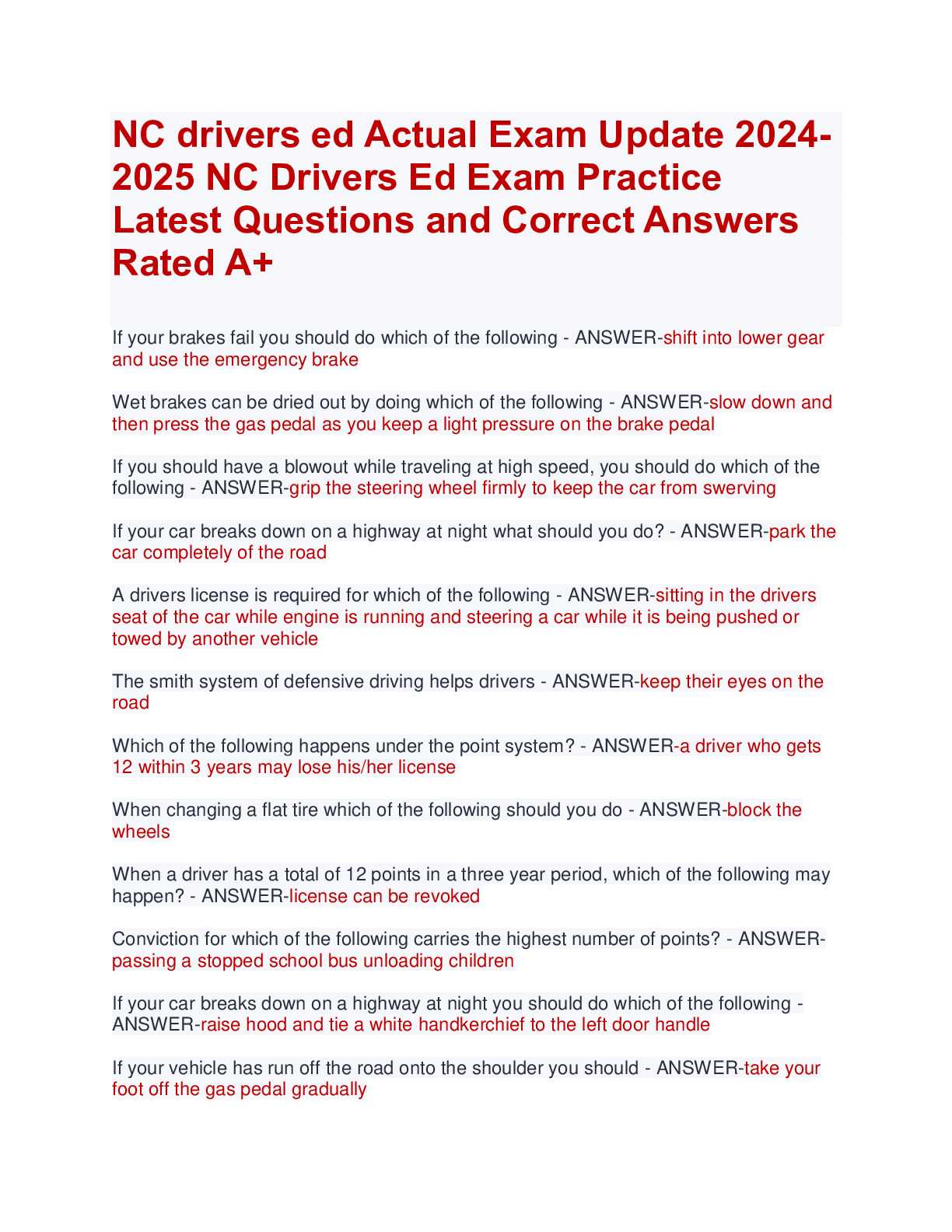
When starting on the road, it’s important to have a solid foundation of key information to ensure safety and confidence. There are fundamental concepts every new road user should understand, from basic rules to practical skills. Knowing these essentials will help make the transition smoother and reduce the chances of mistakes on the road.
Here are some critical areas to focus on:
- Traffic Laws and Signs – Understanding road signs, signals, and the rules that govern behavior on the road is crucial. Make sure you can recognize key signs like stop signs, yield signs, and speed limits. Additionally, know the rules about yielding, merging, and making turns.
- Vehicle Control – Before driving, you must be comfortable with the basic functions of your vehicle. This includes using the steering wheel, pedals, gear shifts, mirrors, and the indicators. Having full control over the vehicle is essential for making safe decisions.
- Situational Awareness – Being aware of your surroundings at all times is a key component of safe driving. Pay attention to other road users, weather conditions, and any obstacles that could affect your journey. Always scan the road ahead to anticipate potential hazards.
- Defensive Driving – Defensive driving techniques focus on anticipating and reacting to potential hazards. This means keeping a safe distance from other vehicles, adjusting your speed based on road conditions, and always being prepared to react to the unexpected.
- Proper Parking and Stopping – Learning how to park safely and stop at the correct spots is fundamental. Whether it’s parallel parking, angle parking, or simply stopping at a red light, knowing how to position your vehicle properly is a key skill.
- Adapting to Weather Conditions – Weather can drastically change driving conditions. Learn how to adjust your driving speed and techniques in fog, rain, snow, or ice. This includes knowing how to maintain proper control when roads are slippery.
By mastering these basics, you will be well-prepared to navigate the roads with confidence and responsibility. Practice is key, so keep honing your skills to become a safe and effective road user.
Frequently Asked Questions About Drivers Ed
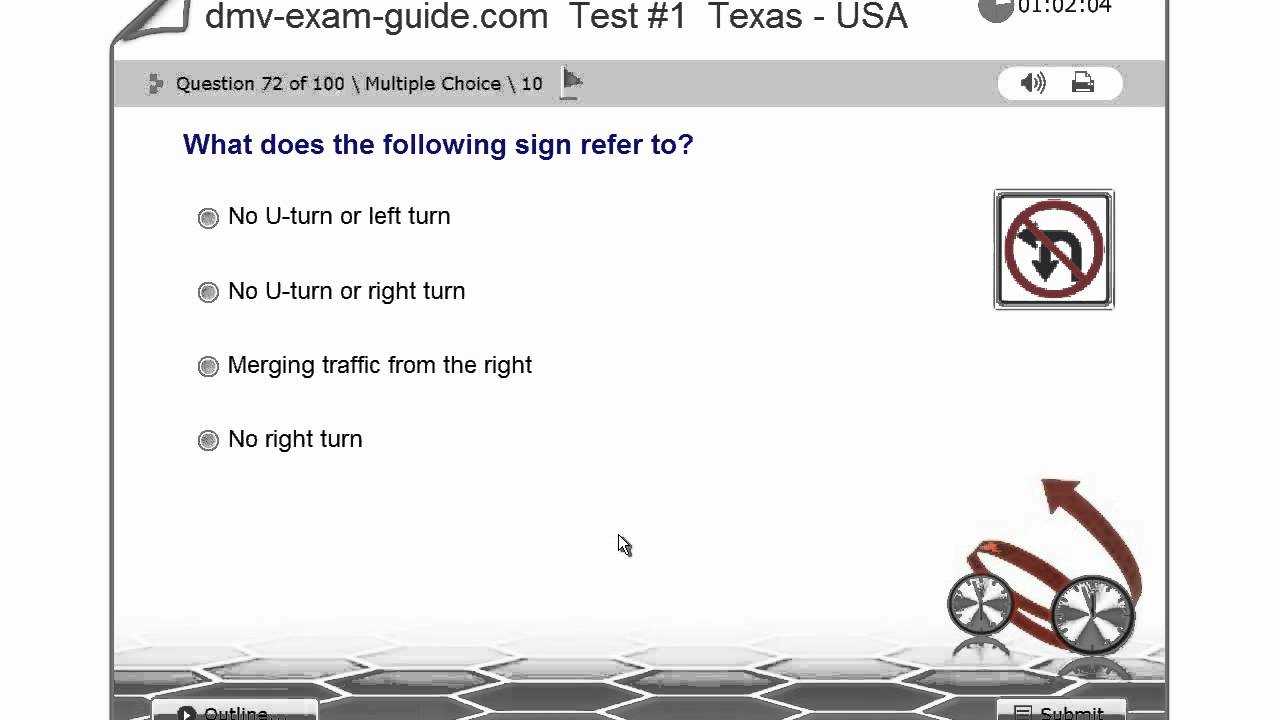
As you prepare for the journey ahead, many individuals have questions about the process, requirements, and expectations. Whether you’re just starting or nearing completion, it’s important to understand what to expect. Below are answers to some of the most common questions regarding the learning process and preparation for hitting the road.
- How old do I need to be to start? – The minimum age varies depending on your location, but most areas allow individuals to begin their lessons as early as 16 years old. However, some regions may have specific age requirements for different stages, such as obtaining a learner’s permit.
- Do I need professional instruction? – While it’s not required in all cases, many find it beneficial to take professional lessons. A qualified instructor can help you master safe driving techniques and prepare for the necessary assessments. Private lessons are often recommended to ensure a strong foundation of skills.
- How long will it take to complete the course? – The duration can vary greatly, but most programs range from several weeks to a few months. The time required depends on the frequency of lessons, the learner’s progress, and the area’s requirements. Be sure to plan your schedule accordingly to allow enough time for practice.
- What documents do I need to start? – Typically, you will need proof of identity, residency, and age. This may include your birth certificate, a valid ID, or passport, as well as a signed parental consent form, if applicable. Be sure to check local requirements before scheduling your lessons.
- Can I take the written portion online? – In many areas, the written portion can be completed online, depending on local regulations. Check with your local licensing authority to find out if online testing is an option or if it must be done in person.
- What happens if I fail a test? – Failing one of the assessments is not the end of the road. Most regions allow retakes after a specific waiting period. Use any extra time to review materials, practice your skills, and increase your confidence before attempting again.
By addressing these common questions, you’ll have a clearer understanding of what lies ahead. Being well-informed is an important step in feeling confident and ready as you work toward your goals behind the wheel.